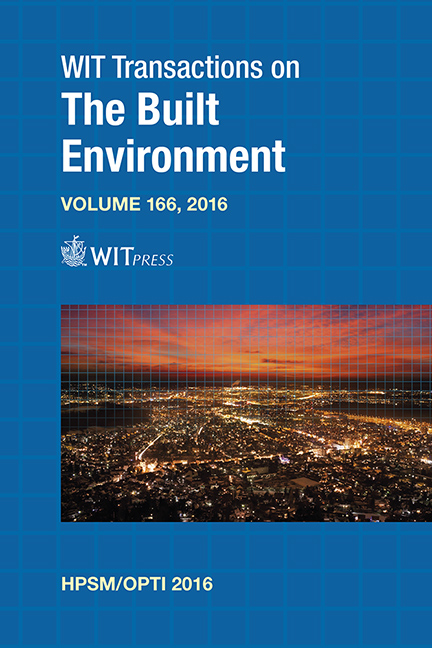The Role Of Surrogate Models In Combined Aeroelastic And Structural Optimization Of Cable-stayed Bridges With Single Box Deck
Price
Free (open access)
Transaction
Volume
166
Pages
15
Page Range
1 - 15
Published
2017
Size
1,524 kb
Paper DOI
10.2495/HPSM160011
Copyright
WIT Press
Author(s)
M. Cid Montoya, S. Hernández, I. Kusano, F. Nieto, J. Á. Jurado
Abstract
The aeroelastic phenomena represent a crucial issue in the design of long span bridges and their relevance grows as the length of the spans is increased, which is the current trend in these mega-structures. The search for the best performing deck cross-section, as well as the search of the most economic bridge design, are two of the most relevant goals for bridge designers. Hence, the pursuit of good aerodynamic performance of the bridge deck cross-section and the structural optimization of the bridge are destined to converge in a unified process to achieve more efficient bridge designs, given their interdependence. This paper presents an integrated methodology based on a surrogate-based optimization process to obtain an optimum bridge design considering structural and aeroelastic constraints. The deck cross-section used in this work is the well-known G1 section, in which two deck shape variables are considered. The aerodynamic behavior of the cross sections analyzed by the optimization algorithm is given by a surrogate model trained with a set of designs calculated with CFD techniques. The structural performance is analyzed by means of finite element analysis. The areas and prestressing forces of the stays and the deck shape and plate thickness are considered as design variables, and the optimization of the bridge is carried out by a gradient-based optimization algorithm.
Keywords
structural optimization, bridge aerodynamics, cable stayed bridges, CFD, flutter analysis





